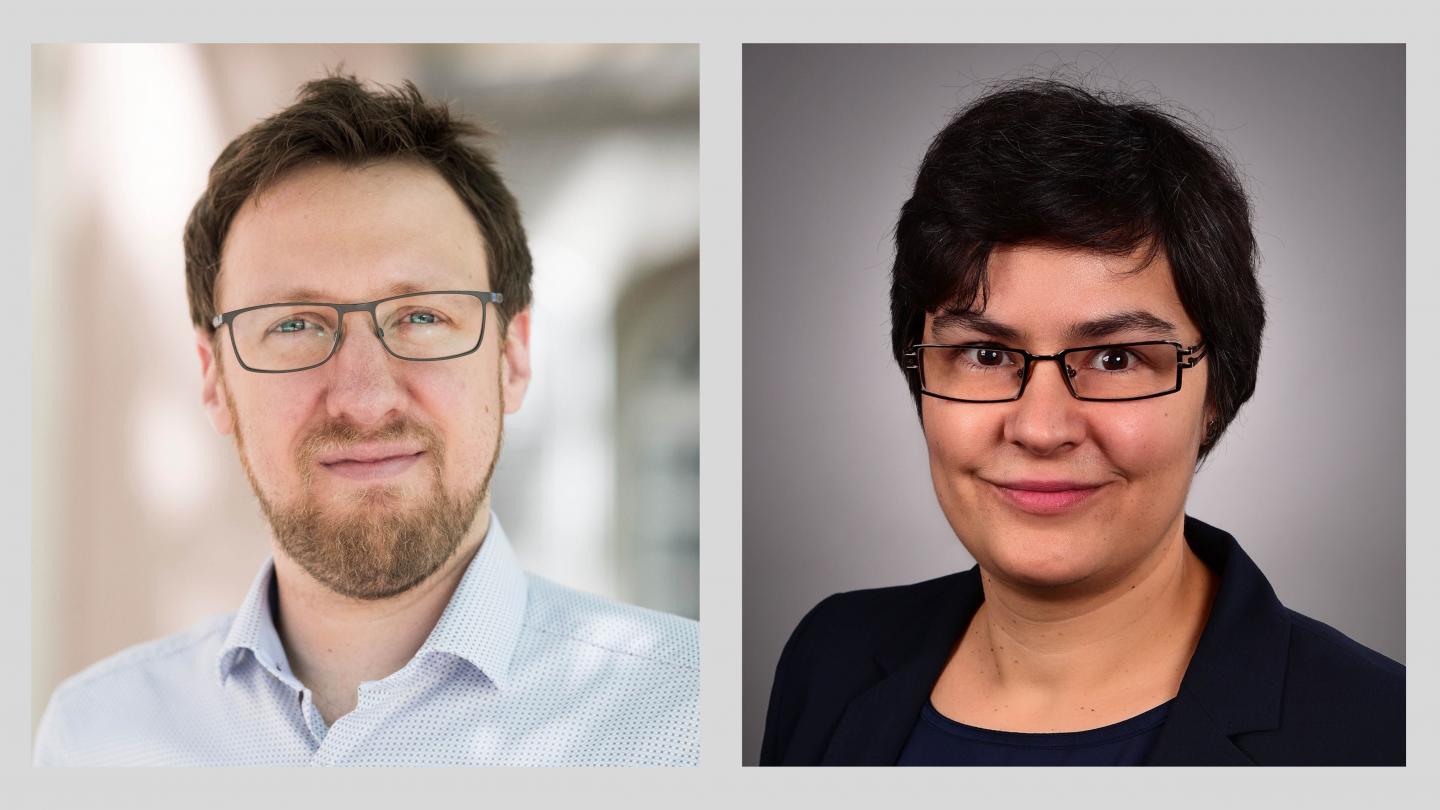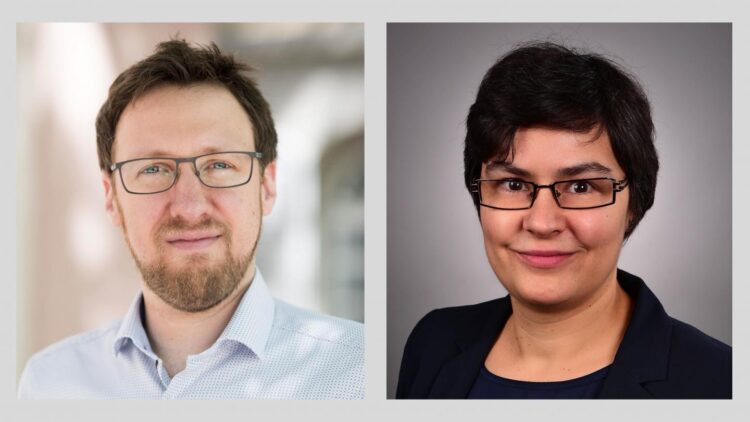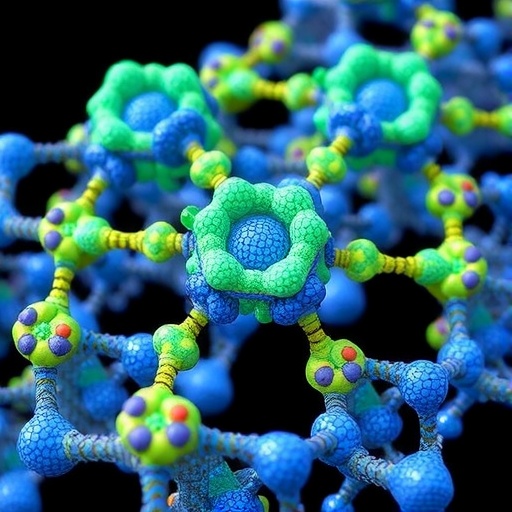Tonya Vitova and Laurent Schmalen, KIT, are awarded ERC Consolidator Grants for their projects

Credit: Markus Breig, KIT
Private
For their projects, two researchers of Karlsruhe Institute of Technology (KIT) receive a Consolidator Grant each of the European Research Council (ERC). Dr. Tonya Vitova, in her project “The Actinide Bond,” studies actinide bonds with innovative spectroscopic methods to better understand the environmental behavior of these elements. Professor Laurent Schmalen, in his project “RENEW,” works on reducing the complexity and energy consumption of communication systems and on making them more efficient and environmentally friendly. In the next five years, both projects will be funded by the ERC with up to EUR 2 million each.
Investigation of Actinides with High-intensity Synchrotron Radiation
The early actinides, that is chemical elements from thorium to curium in the periodic system, represent big challenges in physical and chemical fundamental research. Understanding of the electron structure and bonding behavior of these radioactive elements is needed for the development of advanced pharmaceutical substances for the specific treatment of cancer diseases or of new remediation methods for radioactively contaminated areas and for improved insight into the behavior of actinides in the environment. Dr. Tonya Vitova, Head of the High-resolution X-ray Spectroscopy Group of KIT’s Institute for Nuclear Waste Disposal (INE) concentrates on the relationship between covalency and the strength of the chemical actinide bonds in gaseous, liquid, and solid materials. For her project “The Actinide Bond – Actinide Bond Property in Gas, Liquid and Solid State,” she uses the radiochemical laboratories of INE and combines synchrotron radiation-based X-ray spectroscopy methods with quantum chemistry calculations to develop processes for the selection of suitable actinide materials or complexing agents for various applications. Innovative technologies based on the high-intensity synchrotron radiation of the KARA electron storage ring on KIT’s Campus North are of high importance to her work.
Communication Systems Reassembled with AI
Demand for data-intensive communication services, such as video streaming, is growing exponentially. Increasing data traffic can only be managed by significantly reducing the complexity of data processing in the transmission and receiver systems of the networks. In addition, the worldwide communication network is responsible for a major share in global energy consumption. Within the project RENEW – Reinventing Energy Efficiency in Communication Networks,” Professor Laurent Schmalen and his team from the Communications Engineering Lab (CEL) of KIT are working on solutions to reduce both complexity and power consumption of communication technologies to achieve higher data rates and better environmental compatibility. Using methods of artificial intelligence (AI) and machine learning, the researchers reduce cost-intensive algorithms of receivers. These are decomposed into their atomic fractions and reassembled with AI methods such that the desired compromise is reached between high performance and low energy consumption. In preliminary studies, the scientists already succeeded in largely facilitating decoding of certain error-correcting codes. As error correction in the receiver usually consumes most of the energy, this approach has a great potential for the design and implementation of energy-efficient communication technology.
ERC Consolidator Grants 2020
The European Research Council awards Consolidator Grants to projects of outstanding scientists, who were conferred their doctorates seven to twelve years ago and whose own independent working group is in the consolidation phase. After the call for proposals in 2020, the ERC awarded Consolidator Grants in the total amount of EUR 655 million to 327 projects in 23 countries. 2506 proposals had been submitted. The approval rate, hence, was about 13 percent.
###
Contact for this press release:
Margarete Lehné, Press Officer, Phone: +49 721 608-41157, margarete lehne @ kit edu
Being “The Research University in the Helmholtz Association”, KIT creates and imparts knowledge for the society and the environment. It is the objective to make significant contributions to the global challenges in the fields of energy, mobility, and information. For this, about 9,300 employees cooperate in a broad range of disciplines in natural sciences, engineering sciences, economics, and the humanities and social sciences. KIT prepares its 24,400 students for responsible tasks in society, industry, and science by offering research-based study programs. Innovation efforts at KIT build a bridge between important scientific findings and their application for the benefit of society, economic prosperity, and the preservation of our natural basis of life. KIT is one of the German universities of excellence.
Media Contact
Monika Landgraf
[email protected]
Original Source
https:/





